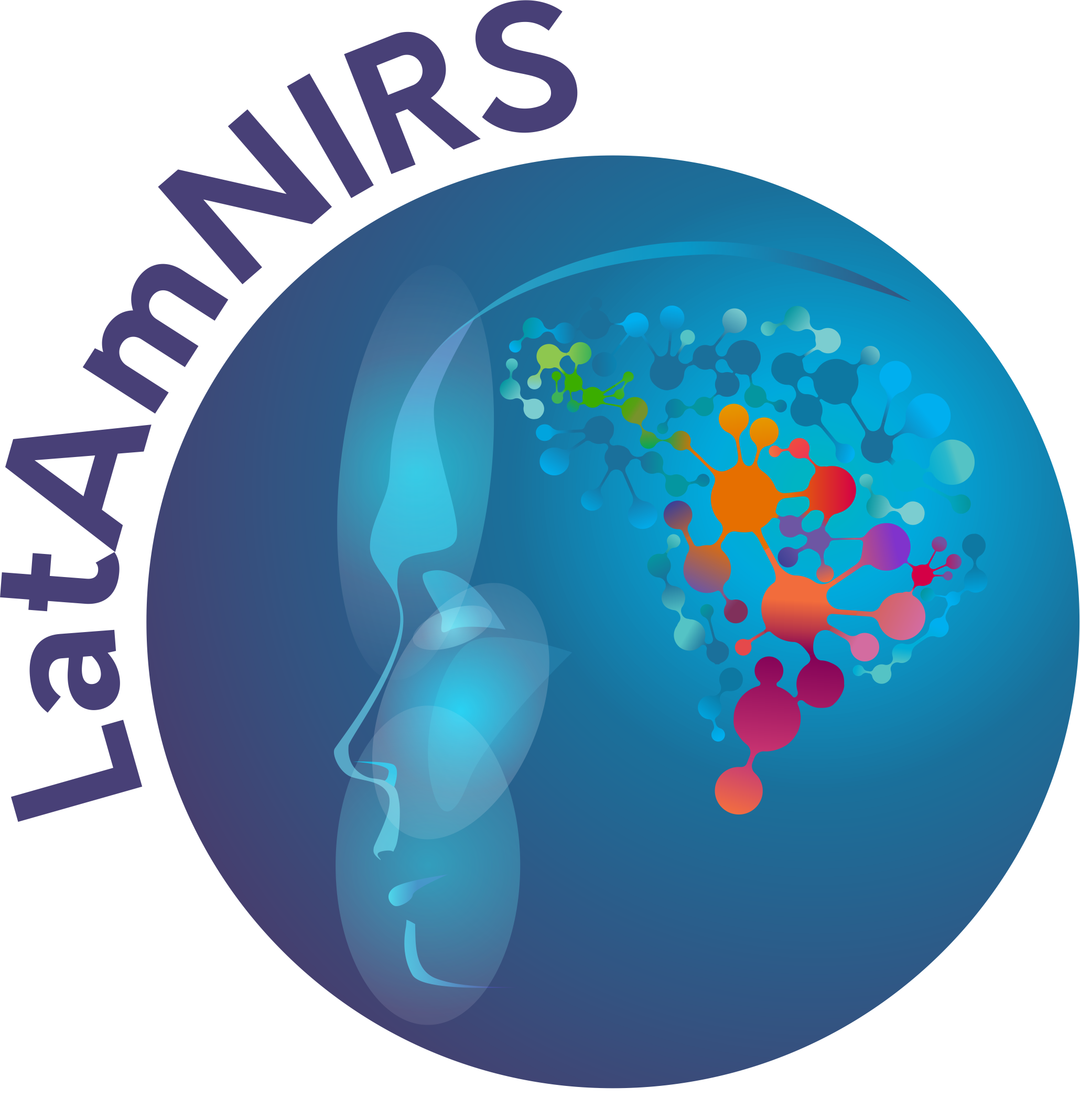Image Reconstruction
Definition: Image reconstruction in functional near-infrared spectroscopy (fNIRS) is the process of generating 2D or 3D spatially varying images of the hemodynamic response in the brain using recorded signals from fNIRS optodes on the scalp, typically using a head model as a spatial prior (either subject-specific or atlas-based), often referred to as Diffuse Optical Tomography (DOT). This is an approach for image reconstruction in fNIRS, which uses a computational model of light propagation within the head (forward problem) to estimate the distribution of hemodynamic changes that give rise to the measured signal (inverse problem). The forward problem and inverse problem are two important steps in image reconstruction. The forward problem refers to the calculation of the distribution of light propagation (Intensity, Phase, Time of Flight) in the head, given the distribution of the light sources and detectors on the scalp while the inverse problem refers to the estimation of the hemodynamic response in the brain tissue from the measured signal.
Alternative definition:
Synonym:
References: https://doi.org/10.1117/1.NPh.8.1.012101https://doi.org/10.1117/1.NPh.8.2.025010
https://doi.org/10.1364/OE.17.020178
https://doi.org/10.1117/1.JBO.22.12.125001
https://doi.org/10.1016/j.neuroimage.2013.03.069
https://doi.org/10.34133/2022/9850248
Related terms: Diffuse Optical Tomography, Forward problem, inverse problem
